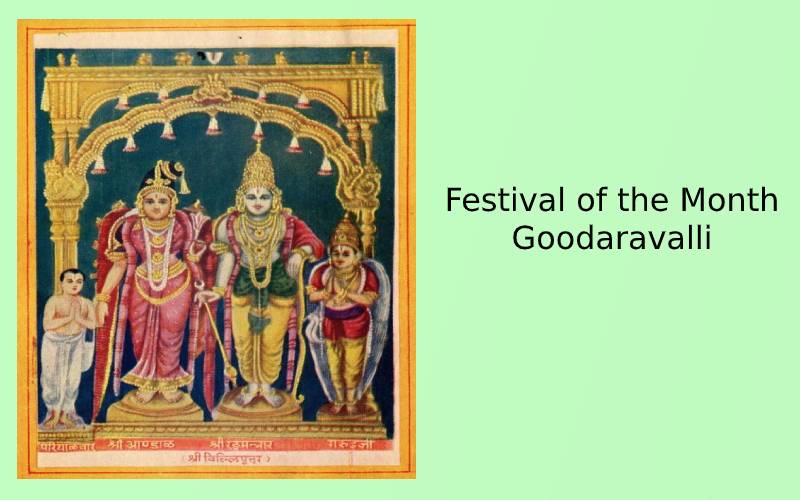
The Tamil month of Margazhi begins in the middle of December and continues until the middle of January. It is believed that the presence of Ozone level is high during this period. The agrarian community eagerly waits for a bumper harvest. It is also the time to celebrate a fine climate.
Long ago, the poetess divine of the south – Andal had composed 30 lovely verses on her beloved Lord Ranganatha. Andal was the foster daughter of Azhwar Vishnuchittar. He was also known as ‘Periyazhwar’. Andal was known as ‘Godha Devi’. She had vowed to give 100 thadas of butter and 100 thadas of Akkaravadisal to Azhagar if he makes her union with Lord Ranganatha possible.
However, Andal was unable to return to Srivilliputhur in order to fulfill her vow. Therefore, Saint Ramanuja decided to offer the same on behalf of Godha Devi who also known as Kodhai. He did the same and after finishing his Mangalasasanam, he visited Srivilliputhur. The poetess divine came to welcome him and called Saint Ramanuja as her elder brother.
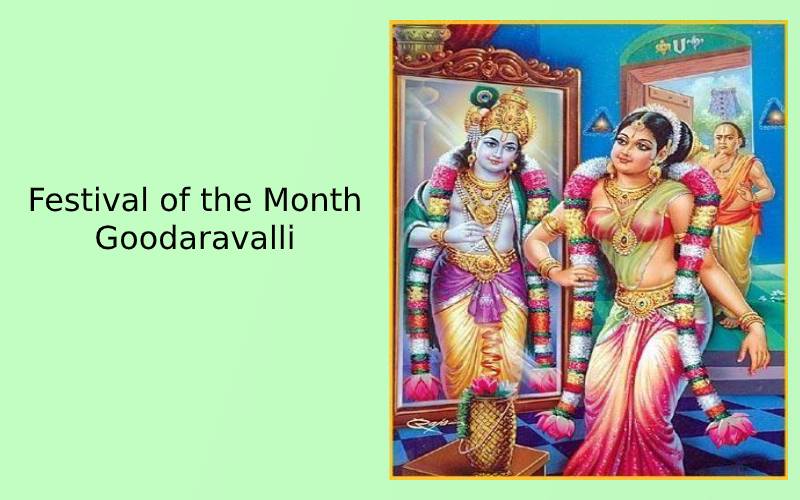
To this day, Ramanujacharya is considered as the elder brother of Nachiyar/Andal. Andal chose this relation for it is only the brother who cares for the wishes of his beloved sister and vice versa. Nobody else can enjoy such a relationship. That is the reason why Andal called Ramanuja as her elder brother. The divine Akkaravadisal which is offered at the time of Goodaravalli goes on to strengthen the bond between the Lord, the preceptor, and the faithful. Later the poetess divine got married to Lord Ranganatha.
Even today, every Vishnu temple in Tamil Nadu has a shrine for Andal. This poetess has a temple for herself at Srivilliputhur in Tamil Nadu. The temple Gopuram/tower of Andal temple is the state symbol of Tamil Nadu. Devotees sing all the thirty verses, collectively known as Thiruppavai during the Tamil month of Margazhi. Every verse is sung with devotion and a complete Sharangathi at that time.
The first verse begins with the word Margazhi and it extolls Lord Krishna. The third verse ‘Ongi ulagalandha’ talks about Lord Narayana in the form of Trivikrama. If the devotees chant the fourth verse ‘Aazhi Malai Kanna’ the Lord is sure to bestow good rainfall on the land. A special verse ‘Goodarai Vellum Sri Govinda’ is a celebration. This verse day is celebrated as ‘Goodaravalli’ (each verse is sung counting one per day). Sweetened Milk Rice with abundant ghee is offered to Lord Ranganatha and his concert the poetess divine Andal. This sacred dish is said to have nectarine qualities and is known as ‘Akkaravadisal’.
Akkaravadisal is the favorite of the Lord and the devotees would sing the entire Thiruppavai and also Sri Vishnu Sahasranamam while preparing it. The ladies of the household dress themselves with the best of their clothes while preparing and offering this divine dish to the Lord. The Thirumala Tirupathi Devasthanam had published the Thiruppavai in a pictorial form and this book came to be known as ‘Chittira Thiruppavai’. We must thank the efforts of Anna Rao with regard to the same.
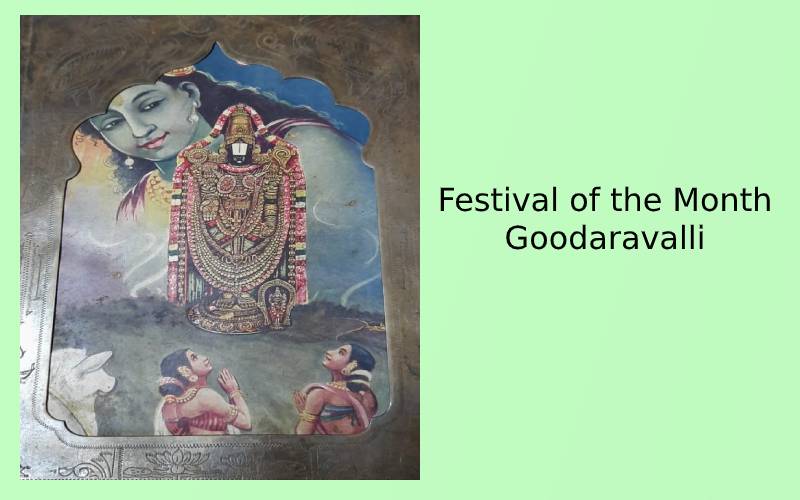
Every verse would be accompanied by a pictorial representation, word to word meaning, literal meaning, and the inner wisdom as purported by Andal. Several scholars had written treatises on Thiruppavai. However, this book was the easiest aid for the layman. Temples would be kept open early during the month of Margazhi and troops of people would do Bhajans on the street. The women of the house would offer different varieties of flavored rice every day to the deities at home. Evenings would be the time to listen to the lectures on Thiruppavai by Ubaya Vedanta scholars.
Preparation for Pongal would happen during this time. The houses would get white-washed and readied. Tiny dung cones would be made and decorated with flowers every day. These dung cones would be made into patties and dried in the sun. The patties would be used as fuel for preparing ‘Akkaravadisal’ and also at the time of ‘Makar Sankranti’ (Pongal). The whole month would be thus spent thinking about Lord Govinda. Ladies would smear turmeric on themselves, wear jasmine flowers, and deck themselves well.
The stove in the kitchen would be kept in the best condition in order to celebrate Goodaravalli. Young maidens who would go through the entire Margazhi Nombu would be bestowed with blissful matrimony and good progeny. Thus, ‘Goodarai Veelum Sri Govinda’ is celebrated along with Akkaravadisal for several centuries. This festival is conducted in a grand manner in all the temples adhering to Vishshtadavaita. Saint Ramanuja had codified each and every aspect of the philosophy for the benefit of humanity. Several temples had re-enacted the offering of Ramanuja by serving 100 thadas of Akkaravadisal in silver containers emblazoned with divine Vaishnavite marks (Shanku, Chakra and, Naamam) and offered them to Lord Narayana
Let us all continue to serve both – The Thiruppavai and Akkaravadisal – in order to get closer to the divine feet of Yemburuman Sriman Narayana.
NEXT ARTICLE
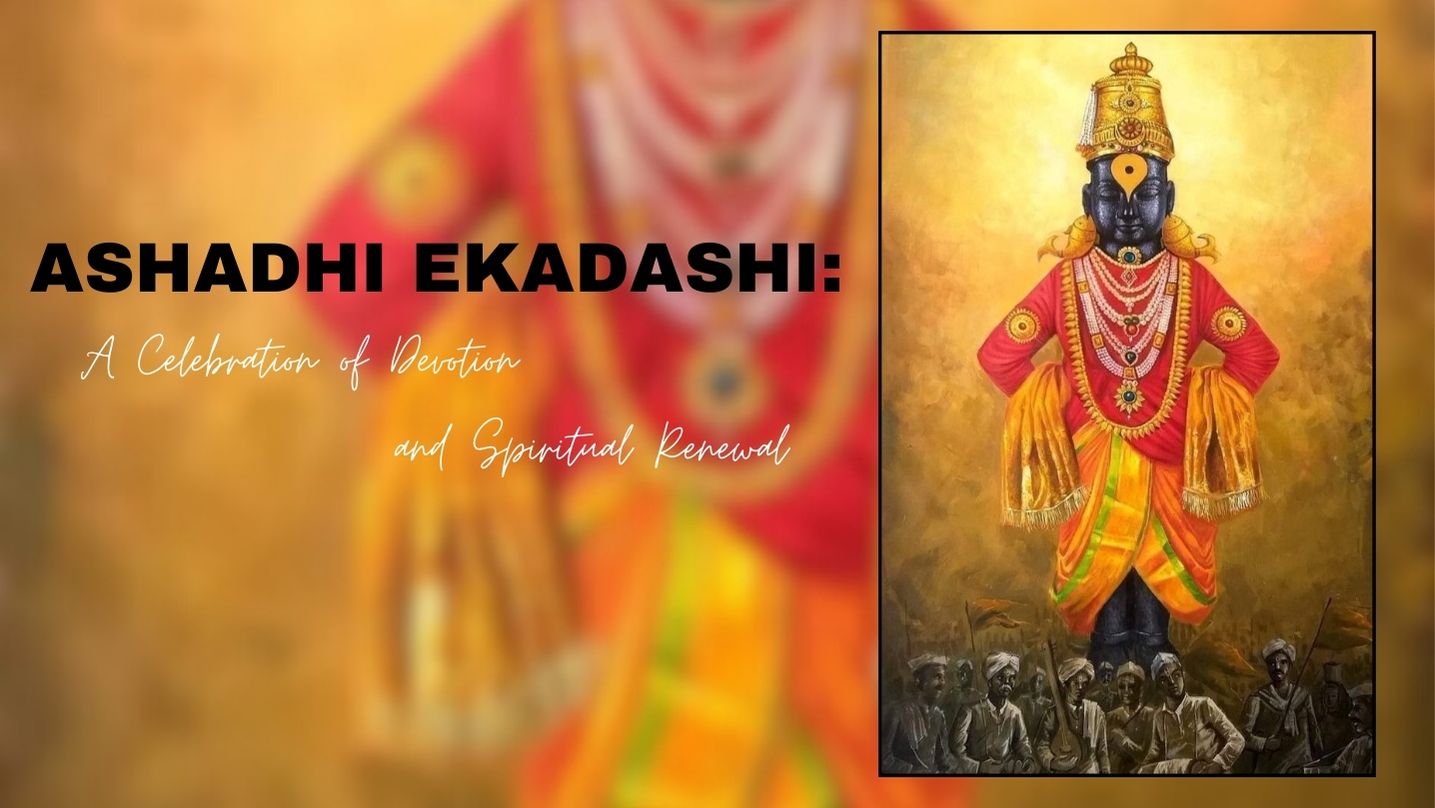
Ashadhi Ekadashi, also known as Shayani Ekadashi, falls on the 11th lunar day (Ekadashi) of the bright fortnight (Shukla Paksha) of the Hindu month of...
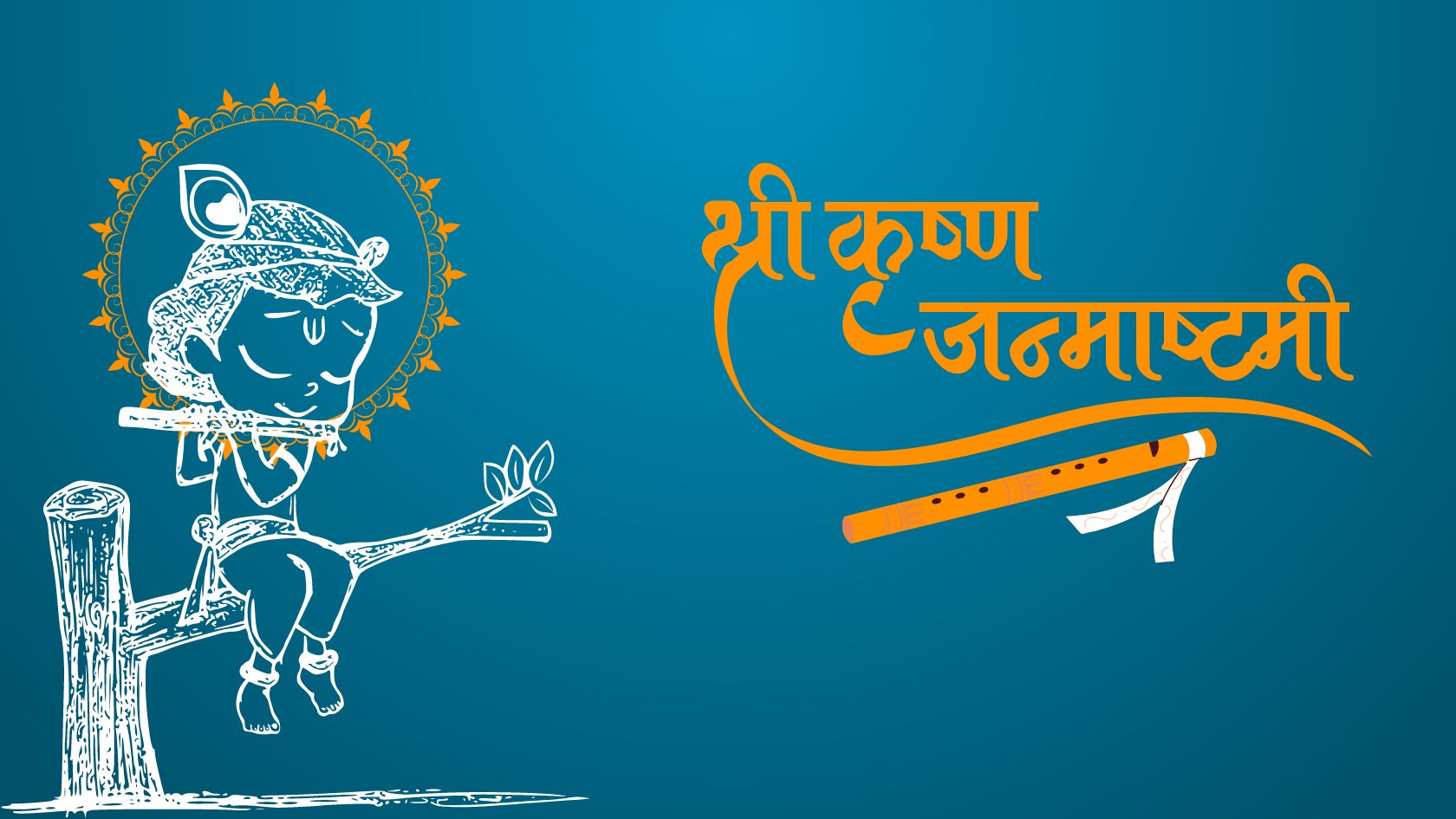
Every year, as the monsoon rains dance on the fields of India, an ancient story unfolds in the hearts of millions. It is the story of Krishna, the bel...
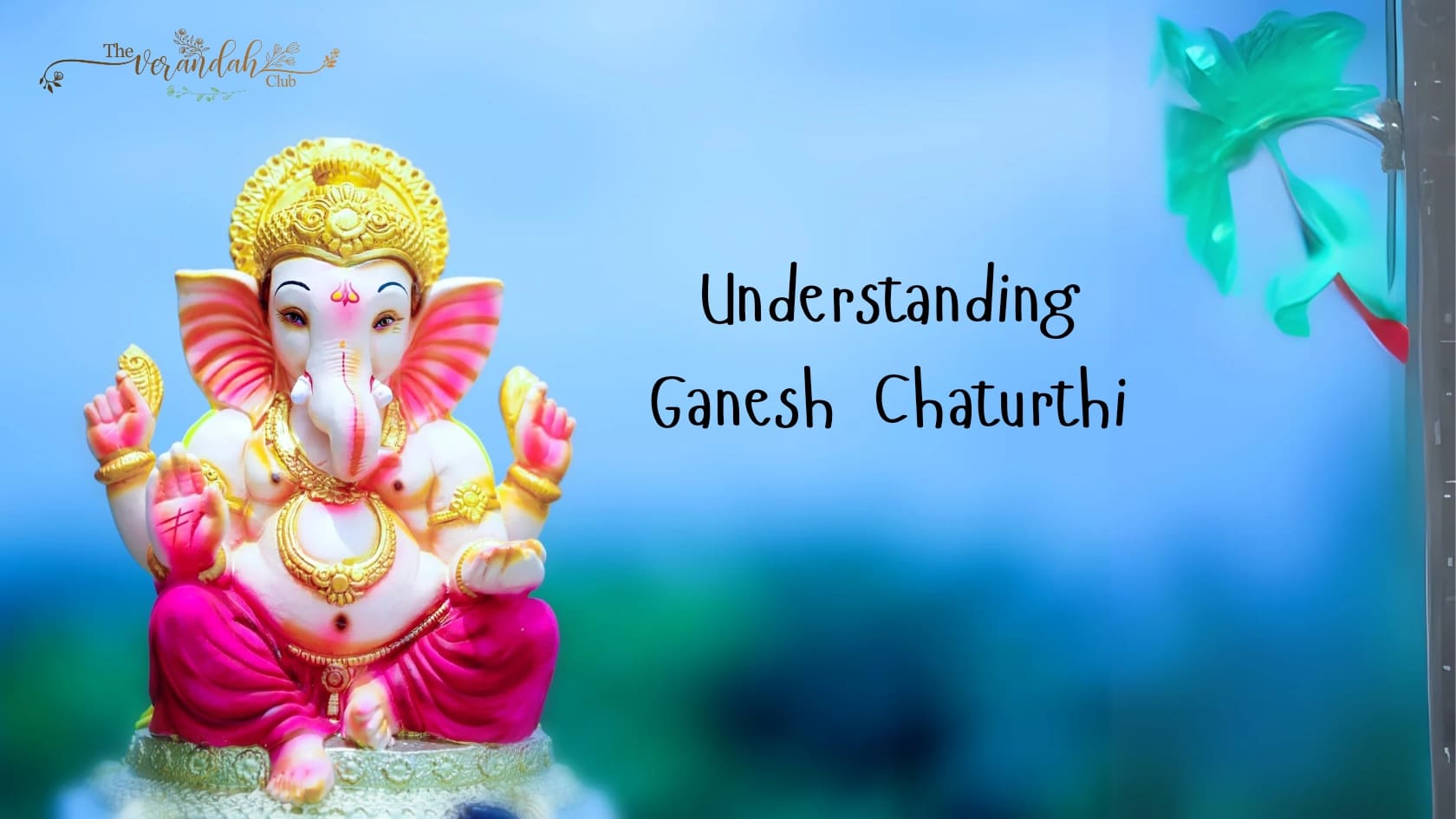
Ganesh Chaturthi, also known as Vinayaka Chaturthi, is a significant Hindu festival that honors Lord Ganesha, the deity revered as the remover of obst...